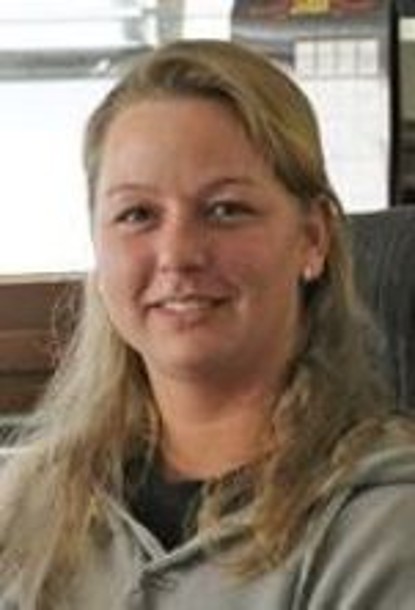M.Sc. Michaela Laxander
Arbeitsgebiet(e)
Persistente organische Schadstoffe (POP) in Mittel- und Hochgebirgen , Sorptionsverhalten von organischen Schadstoffen in Böden, Evaporationsverhalten von organischen Schadstoffen mittels Keramik-Dosimetern, DFG-Projekt: Cold trapping in Mittel- und Hochgebirgen
Kontakt
geboren 1982 in Duisburg
Akademischer Werdegang
2008 - 2012
Doktorandin in einem DFG-Projekt an der TU Darmstadt
Schwerpunkte: Untersuchungen zum Eintrag und Verbleib von POPs in Mittel- und Hochgebirgsböden
2005 - 2007
Studium "Water Science" an der Universität Duisburg-Essen
Schwerpunkte: Chemie, Mikrobiologie, Analytik
Abschluss: Master of Science
2002 - 2005
Studium "Wasser: Chemie, Mikrobiologie, Analytik" an der Universität Duisburg-Essen
Schwerpunkte: Chemie, Mikrobiologie, Analytik
Abschluss: Bachelor of Science
Wissenschaftlicher und beruflicher Werdegang
2007 - 2008
Wissenschaftliche Mitarbeiterin am Biofilm Centre, Fachbereich Aquatische Biotechnologie, Universität Duisburg-Essen
2008 - 2012
Wissenschaftliche Mitarbeiterin am IAG, TU Darmstadt
Auslandsaufenthalt
2005
Wissenschaftliche Hilfskraft im Fachbereich Mikrobiologie am National Public Health Institute, Universität von Kuopio, Finnland
Mitgliedschaften
- Deutsche Geologische Gesellschaft (DGG)
- Fachsektion Hydrogeologie - Deutsche Geologische Gesellschaft (FH-DGG)
Publikationen
Artikel
Laxander, M., Siebert, S., Schiedek, T., Schueth, C. (2012): Analysis of the influence of passive air sampler design on the sampling rate under field conditions. in prep.
Mangold, S., Laxander, M., Harneit, K., Rohwerder, T., Claus, G., Sand, W. (2008): Visualization of Acidithiobacillus ferrooxidans biofilms on pyrite by atomic force and epifluorescence microscopy under various experimental conditions. Hydrometallurgy, 94, 127 - 132.
Lehtola, M., Laxander, M., Miettinen, I., Hirvonen, A., Vartiainen, T., Martikainen, P. (2006): The effect of changing water flow velocity on the formation of biofilms and water quality in pilot distribution system consisting of copper and polyethylene pipes. Water Research, 40, 2151 - 2160.
Konferenzbeteiligungen
Laxander, M., Schiedek, T., Ambs, S., Schüth, C. (2011). Use of chemical probes and passive samplers for the determination of the atmospheric input and fate of persistent organic pollutants (POPs) in soil. SETAC-Meeting, May 15th- 19th, 2011, Milano, Italy.
Laxander, M., Schiedek, T., Schüth, C. (2010). Atmospheric input and fate of persistent organic pollutants (POP) in soil in high and low mountain ranges with passive samplers and dosimeters. GeoDarmstadt2010, October 10th - 13th, 2010, Darmstadt, Germany.
Laxander, M., Schiedek, T., Schüth, C. (2010). Atmospheric input and fate of persistent organic pollutants (POP) in soil in high and low mountain ranges. SETAC-Meeting, May 23rd - 27th, 2010, Sevilla, Spain.
Laxander, M., Schiedek, T., Schüth, C. (2010). Atmospheric input and fate of persistent organic pollutants (POP) in soil in high and low mountain ranges. Tagung der FH-DGG, May 12th - 16th, 2010, Tübingen, Germany.
Laxander, M., Schiedek, T., Schüth, C. (2009). Use of dosimeters as probes to investigate the fate of POP in soil. International Passive Sampling Workshop (IPSW), May 27th - 30th, 2009, Prague, Czech Republic.
Laxander, M., Mangold, M., Harneit, K., Rohwerder, T., Sand, W. (2008). Visualization of Acidithiobacillus ferrooxidans on pyrite by combination of AFM and epifluorescence microscopy. Annual Meeting of VAAM-GBM, March 9th - 11th, 2008, Frankfurt (Main), Germany.

